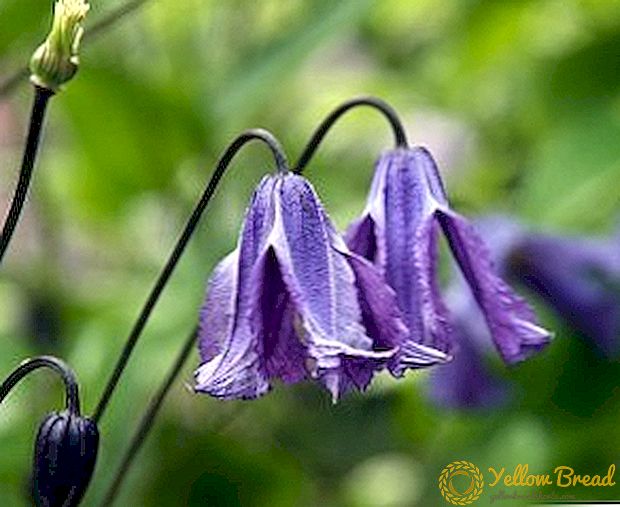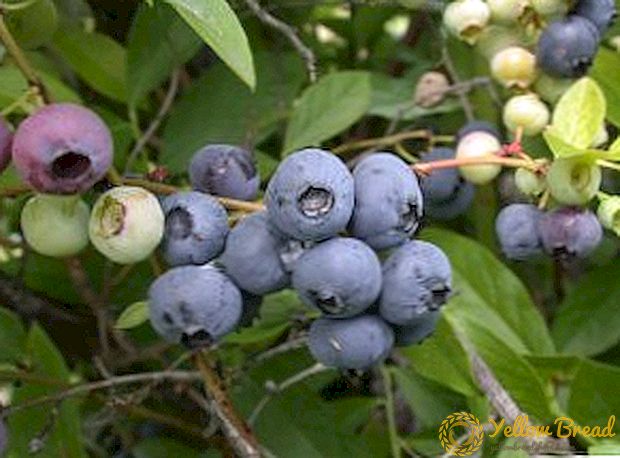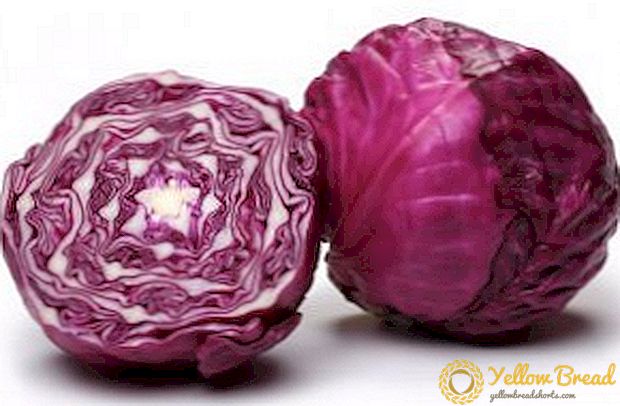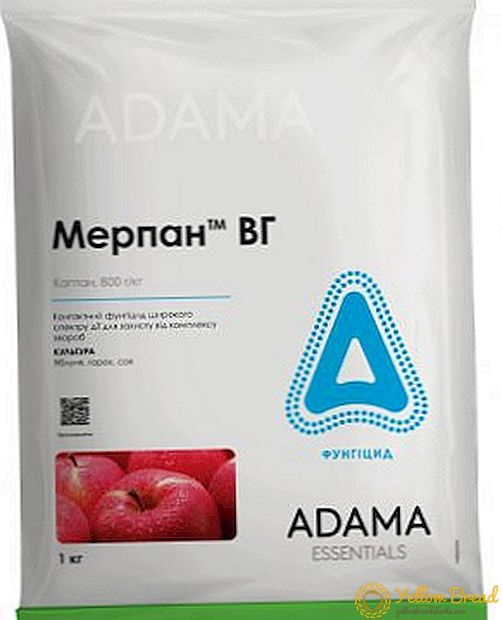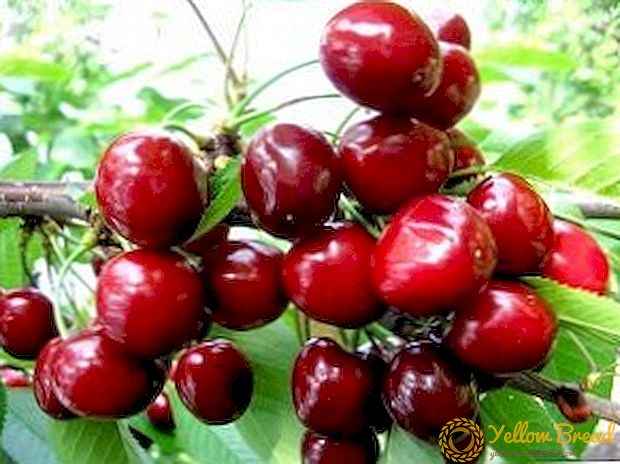 Shrub rose belongs to the family dogrose. The flower has always been popular due to the variety of flowers. With proper care, it grows in different climatic conditions.
Shrub rose belongs to the family dogrose. The flower has always been popular due to the variety of flowers. With proper care, it grows in different climatic conditions.
Flowers are used in the creation of bouquets and landscape design. To properly care for rose bushes, you need to have some skills and experience.
- Spray Roses: Botanical Features
- Growing conditions
- Proper lighting
- Type of soil for growing
- Rules for the care of spray roses in the garden
- How to water
- Top dressing
- Trim Features
- Support
- Breeding features
- Seed propagation
- Vegetative reproduction
- Major diseases and pests
Spray Roses: Botanical Features
Depending on the type of shrub roses can form bushes of different shapes. Their height can vary from 25 cm to 1 m. The bush consists of branches of two types: uterine and annual. The length of the peduncle varies in the range of 10-80 cm. The buds strike with a variety of shapes and colors and can grow from 2 to 18 cm. The number of petals is also varied, depending on the variety. Flowers can be single or form whole inflorescences. 
Growing conditions
Rose positively relates to moderate heat and good light. For high-quality cultivation, first of all, need healthy seedlings. Shrubs before planting should be with well-matured stems. You can determine this by trying to separate the thorn from the shoot, if this is easy to do, then the bush is ready for planting. In addition, there are other conditions that must be observed. 
Proper lighting
Any rose needs bright light. Ideally, when the bushes grow in places where at least 6 hours the sun's rays fall. Any darkening will not only reduce the growth of plants, but also can lead to his death.
Type of soil for growing
Home spray rose needs a soil rich in humus, pH balance should be 6.5, but small fluctuations will not affect the growth of flowers.In order to create favorable conditions, it is recommended to fertilize the land with rotting compost, which is introduced as mulch every year in spring. It is imperative that the land be clean, free of debris and weeds. Since the root system of roses is close to the surface, it is important to systematically loosen the soil.
Rules for the care of spray roses in the garden
A good owner cares for the plants in his plot, providing the necessary and timely pruning, watering, feeding, weeding and loosening the soil. 
How to water
Professionals identify three ways to water their home spray roses: plain, intense and watering before hibernation. It is known that the rose loves moisture, but the amount of liquid must be calculated based on the needs of the variety. On average, 10 liters of water are spent on 1 adult bush. Watered 1-2 times a week. Intensive watering is needed during plant growth, the emergence of new shoots and abundant flowering. Watering is recommended in the morning or in the evening when the sun is not so active. The lower the ambient temperature, the less watering should be. This is due to the fact that abundant moisture can induce the flower to give new shoots that do not have time to fully grow before the onset of cold weather. 
Top dressing
Caring for an adult rose involves systematic feeding.In the first year after disembarkation, this is not necessary. Then feeding is carried out according to the following schedule:
- First held in the spring, at the beginning of the growing season. This is done immediately after trimming the bushes, on 1 square. m you need to make 20 g of ammonium sulfate or the same amount of ammonium nitrate. These substances are brought in by removing the top layer of soil, they will help maintain the strength of the plant.
- The second - with the appearance of buds. Re-feeding consists of 25 g of ammonium nitrate, 15 g of superphosphate and 5 g of potassium salt. A similar amount is spent on 0.5 square meters. m
- Third - after flowering. At this time, the flowers are fertilized with multicomponent fertilizers containing trace elements.
- Last - before lignification begins. In early autumn, potassium salt and superphosphate are introduced in the amount of 35 g per 1Q. m
Trim Features

In order for the garden to bloom beautiful roses on the right bushes, you need to know when and how to trim:
- To strengthen the root system and the shoots of the first rose buds cut.
- In spring and summer, heavily growing and damaged shoots are removed, which prevent the bush from forming properly.
- At the end of flowering, you also need to remove the flower, cut it together with the pedicel.
- For airing the bush and avoiding the appearance of diseases, it is recommended to remove dry and stunted shoots.
- It is important to cut the shoots that violate the appearance of the crown.
Support

Shrub roses need supports that will help eliminate a few problems:
- branches do not fall on the ground, and the buds remain clean;
- bushes more easily tolerate natural hardships;
- Crown can be given the correct form.
Breeding features
Having decided to increase the number of spray roses in your area and at the same time having spent the minimum amount of money, you need to look for ways to reproduce these flowers.Reproduction by seeds and cuttings is considered the most popular.
Seed propagation
This type of reproduction is used in the breeding of unknown varieties and hybrids. It is practiced only for wild roses, because not all flowers produce viable seeds. Seeds are prepared only in the phase of redness of the fruit. The following year, in the spring, they are kept for several hours in “Heteroauxin” or any other root formation stimulator. After the time they are sown in the ground to a depth of 2 cm, and on top of mulch peat. After appearing on the shoots of two full sheets, they are seated at a distance of 7 cm from each other. In the summer, mineral fertilizers are added to the garden bed.

Vegetative reproduction
It is easiest to shrub rose garden propagated by cuttings. Conduct similar procedures in August. For such reproduction using woody and semi-woody species of shoots. The cuttings begin to cut at the beginning of the flowering period, when the stems harden. The correct cuttings must meet the following conditions:
- the thickness is like that of a pencil;
- length - 8 cm;
- upper cut - straight, 1 cm above the kidney;
- cut from below - at an angle of 45 degrees, right under the kidney.

For more rapid engraftment, it is recommended to build a greenhouse or cover cuttings with film. Sometimes the coating is raised to ventilate the cuttings. From the moment of planting to rooting, the cuttings are watered, fed and removed around the weeds. Formed buds must be removed immediately, so that the plant does not waste strength on flowering. In winter, the cuttings are warmed and covered with a film on top.Most often, the cuttings are grown for 2 years, and only the following year, seedlings can be transplanted.
Major diseases and pests
Adverse conditions can lead to diseases of flowers. Among the diseases that afflict rose bushes, powdery mildew, rust, black spot and chlorosis are more common. Fungal lesions are treated with a 3% solution of copper sulphate or a 1% suspension of colloidal sulfur. Chlorosis, which leads to yellowing of roses, is removed with the help of salts of the missing element. 

Insects that attack flowers are divided into sucking and gnawing, all of them have a negative effect on roses, including shrubs. The first are represented by aphids, mites, cicadas, and also whiteflies. The gnawing insects include beetles, caterpillars, and larvae of sawflies. Sucking pests affect plant tissue and feed on their cell sap. Gnawing violate the integrity of the organs of roses. They fight with these pests as they appear, in order to avoid invasion, it is recommended to carry out preventive treatment of bushes.For this, the plants are treated with a solution of 2 g of kerosene, which is diluted in a bucket of water. In the fall, the ground is treated with the same solution in case pests decide to spend the winter there.
As you can see, it is completely easy to grow roses, knowing the basics of care, and if you follow the rules, you will definitely succeed. The main thing - to get down to business with love.

